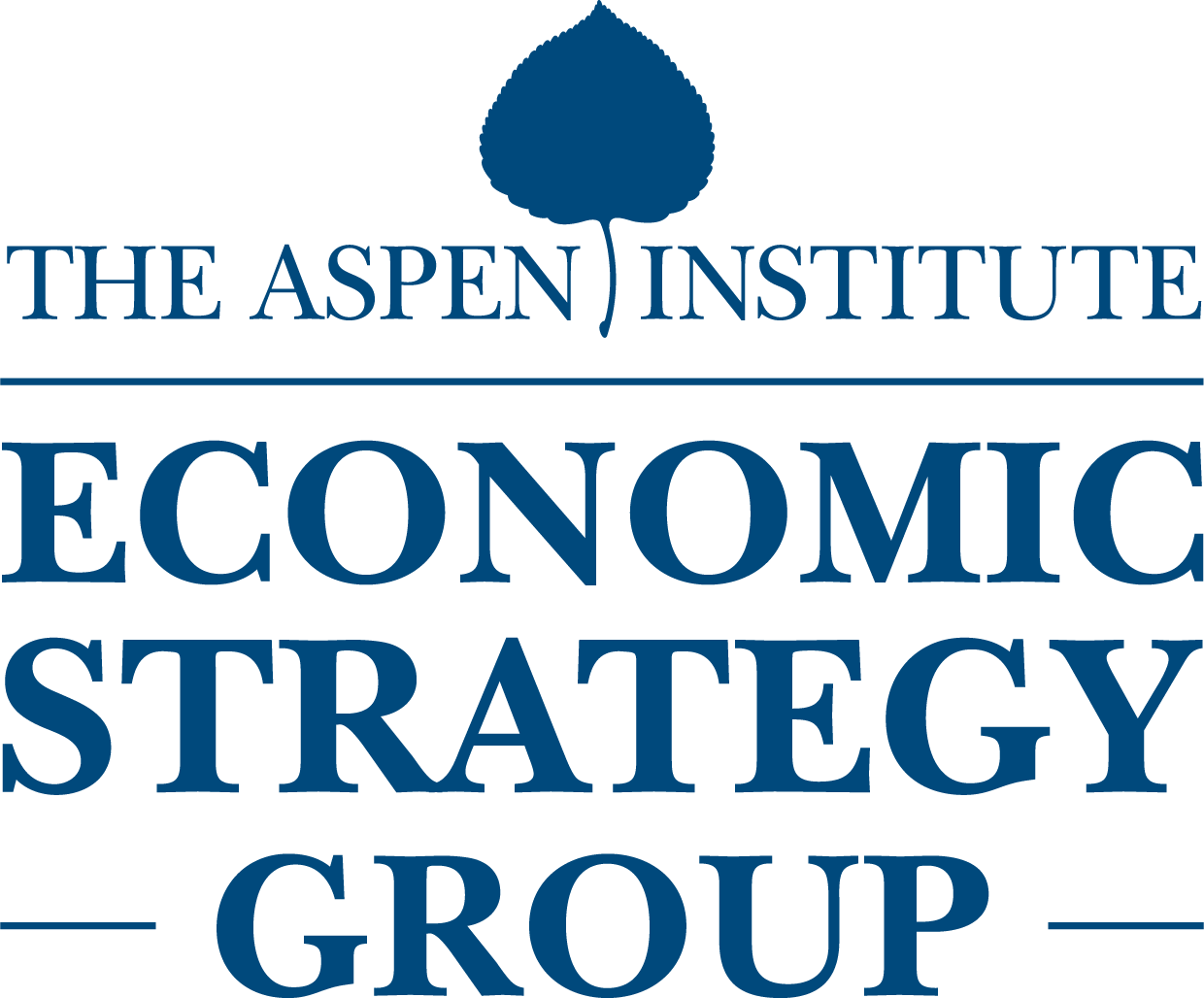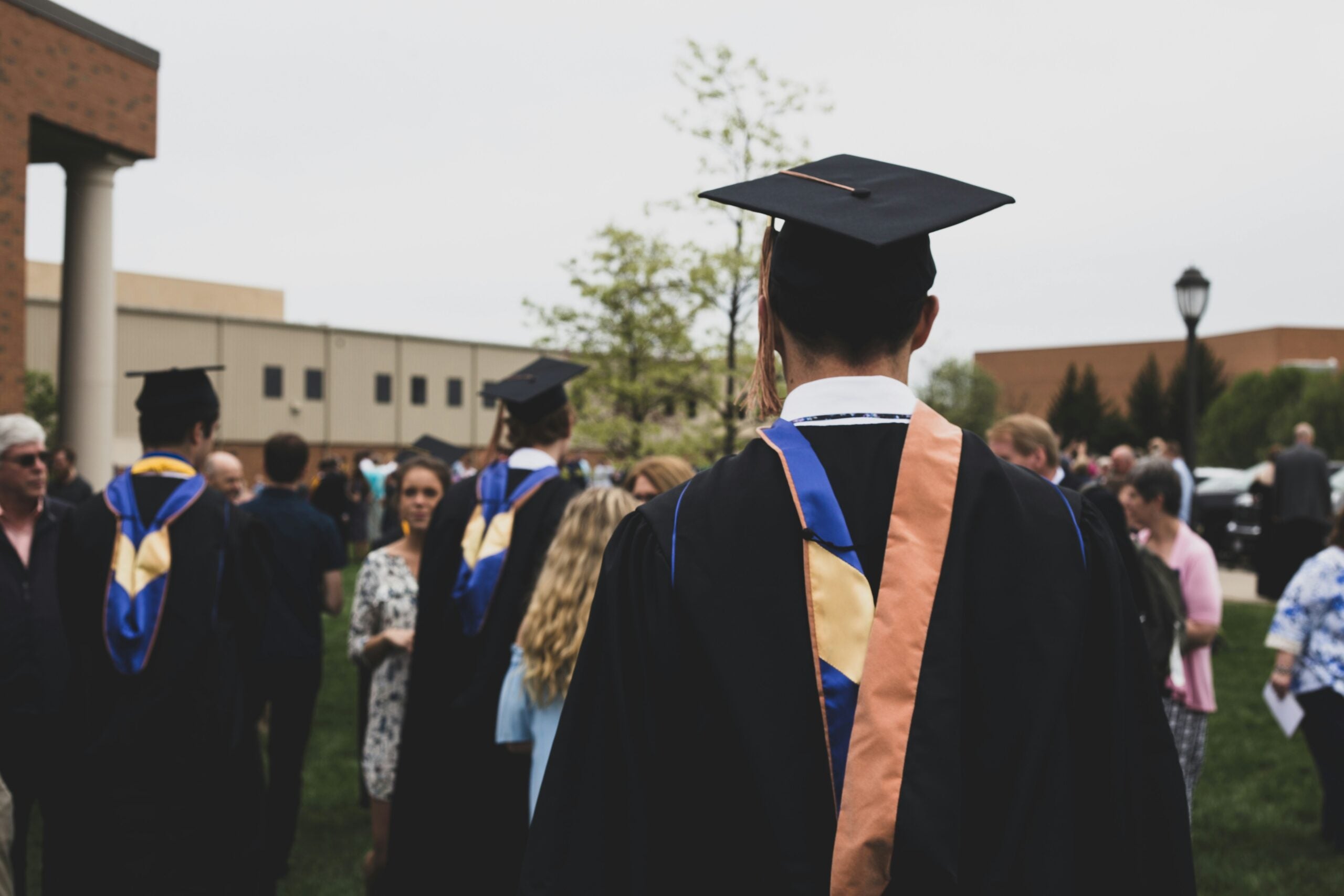
The Small Role of Ivy League Schools in US Higher Education

The conversation about higher education admissions in the US is often dominated by developments at the eight Ivy League institutions. While there are good reasons to debate admissions at these elite schools (because, for instance, economists have found that their graduates hold a disproportionately large share of leadership positions in business and politics), this post aims to make clear the relatively small role these eight schools play in both the overall college landscape and in the process of intergenerational economic mobility in America.
The most recent data collected by the US Department of Education indicate that the eight Ivy League schools accounted for less than 1 percent of total undergraduate enrollment in Fall of 2022. A far greater share of students are served by other private (non-for profit) institutions (25.6%), and 70.2% undergraduate students are enrolled in a public college or university.
Schools in the Ivy League served 65,285 undergraduates in 2022. By contrast, the State University of New York (SUNY) system alone served more than four times as many undergraduates (273,102) and the City University of New York (CUNY) system enrolled over three times as many (197,022).

Public institutions such as the SUNYs and the CUNYs deserve far more attention and more resources not only due to their relative size, but more importantly because they are the engines of broad-based economic mobility in America. Research by economists at Harvard’s Opportunity Insights Lab ranked US colleges according to how well they foster economic mobility – that is, by the fraction of that college’s students who come from the bottom 20% of the income distribution and later in life reach the top 20%. Among the 1,815 colleges examined by this measure, no Ivy League school ranked in the top ten – but SUNY-Stony Brook ranked third and the CUNY system sixth. At SUNY-Stony Brook, for instance, 16.4% of its students come from the bottom income quintile and then 51% of those low-income students reach the top quintile of earners in adulthood.
America’s elite institutions can certainly take steps to play a larger role in the higher education landscape – most prominently perhaps is expanding access, something done by only a few of these schools very recently. In fact, while America’s colleges and universities awarded nearly 1 million more bachelor’s degrees in 2022 compared to 1990, Ivy League schools accounted for just 3,539 (or 0.35 percent) of that increase. Until these universities do play a larger role in higher education by serving more students, policymakers are better served focusing attention and resources on the schools that are in fact educating the vast majority of students – and helping them rise up the income ladder.